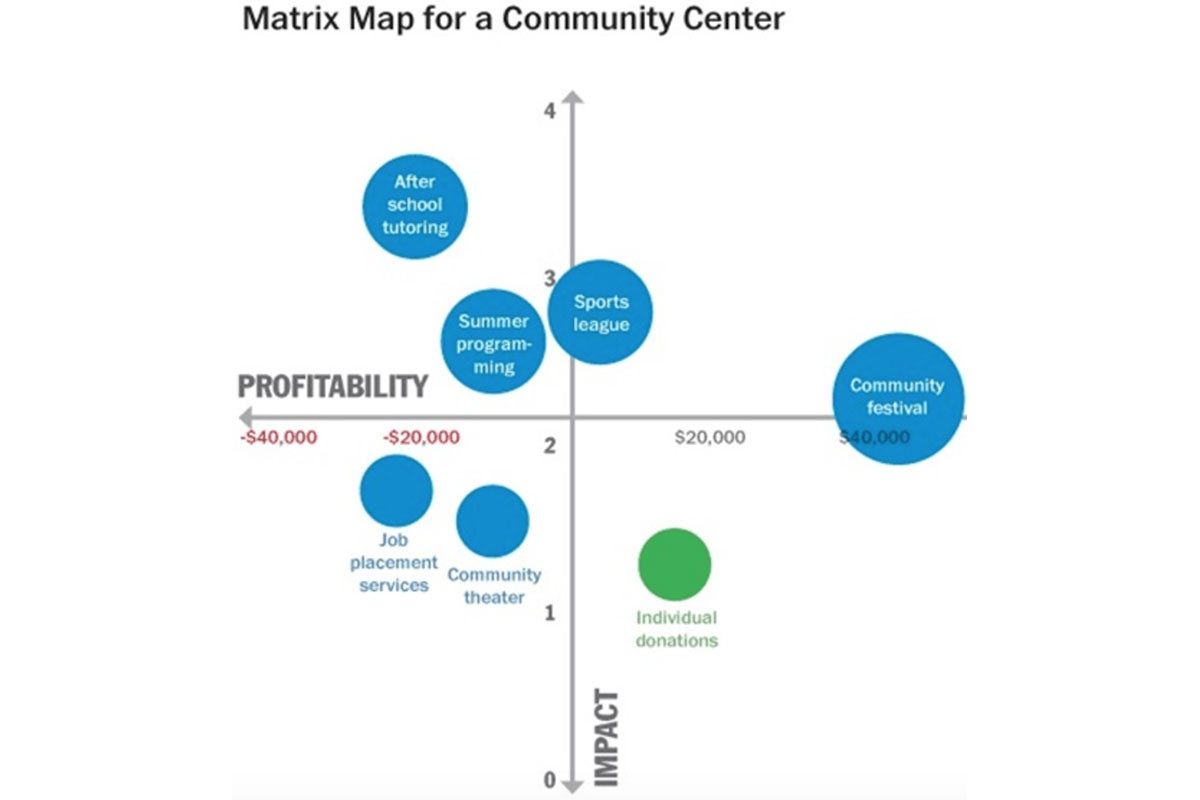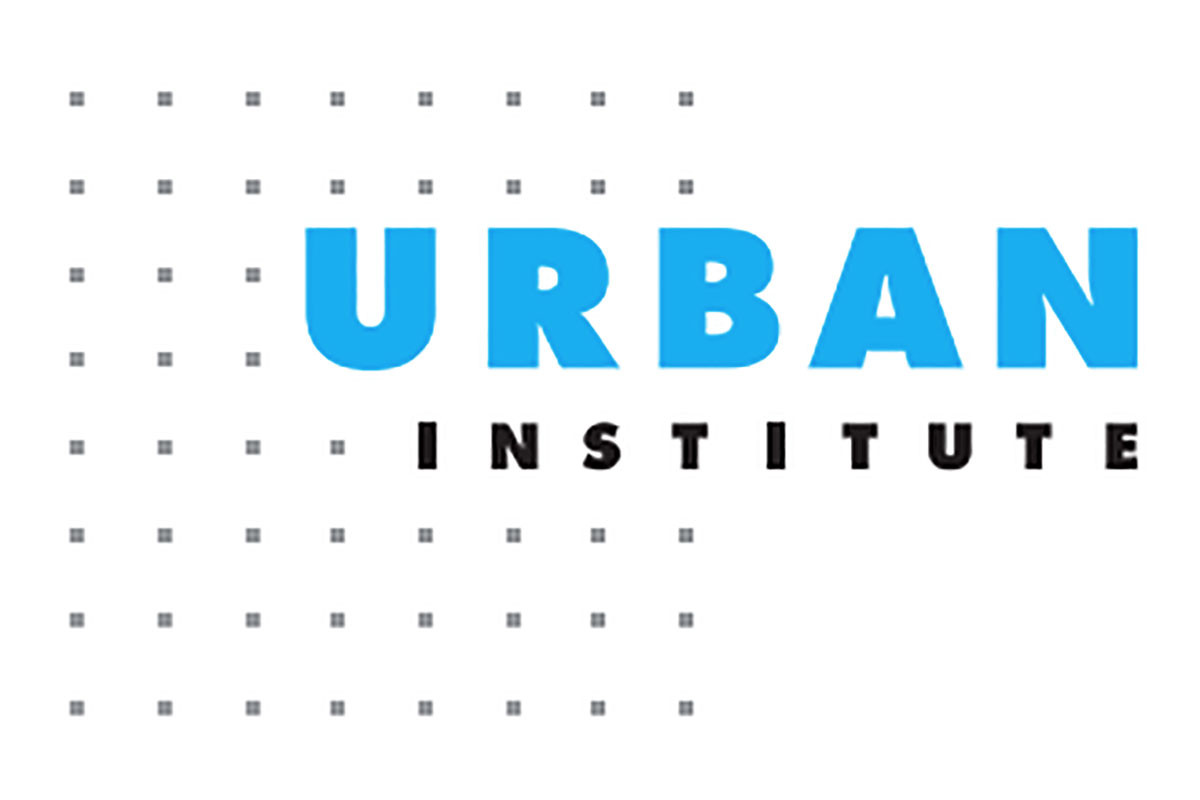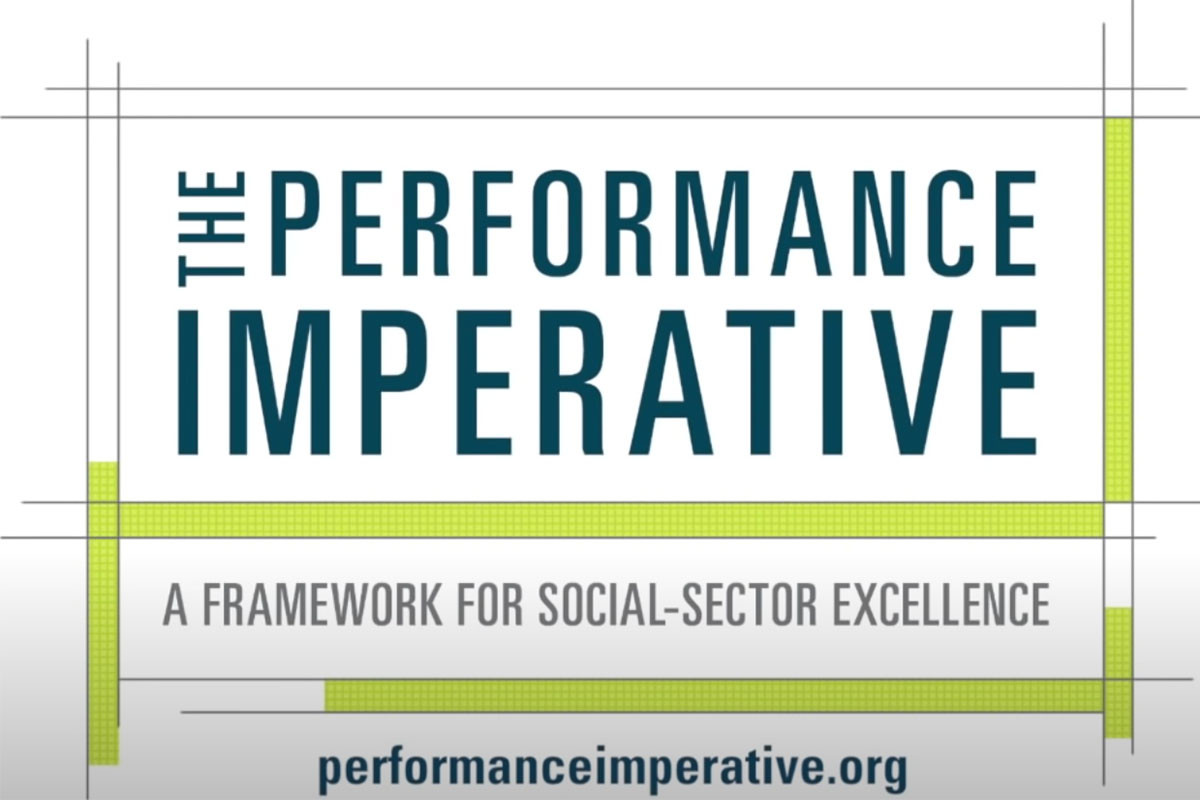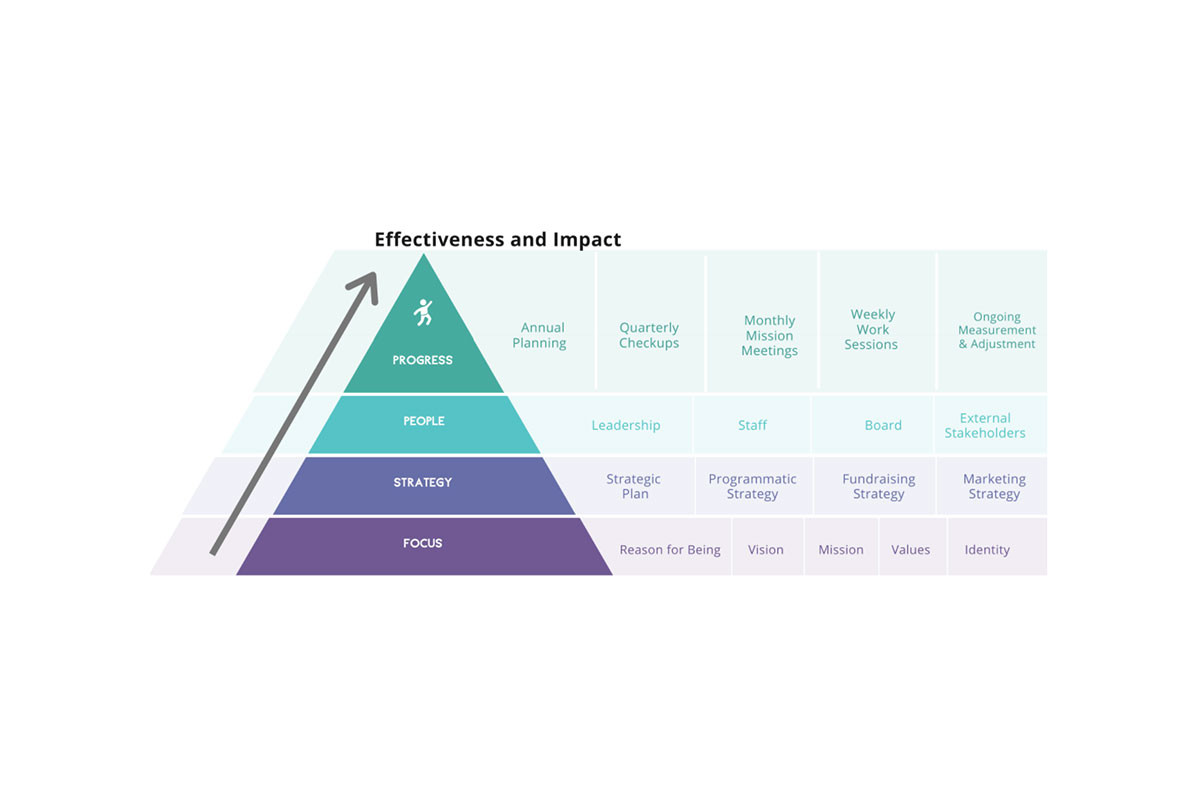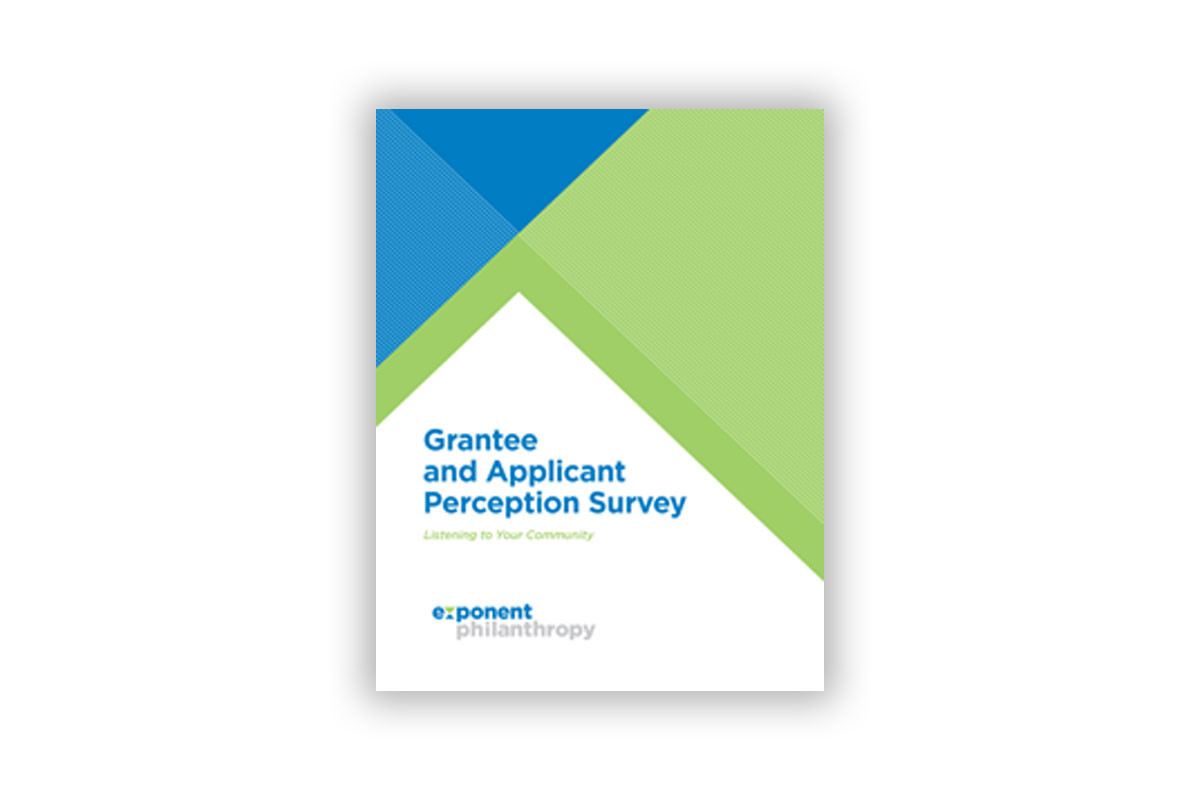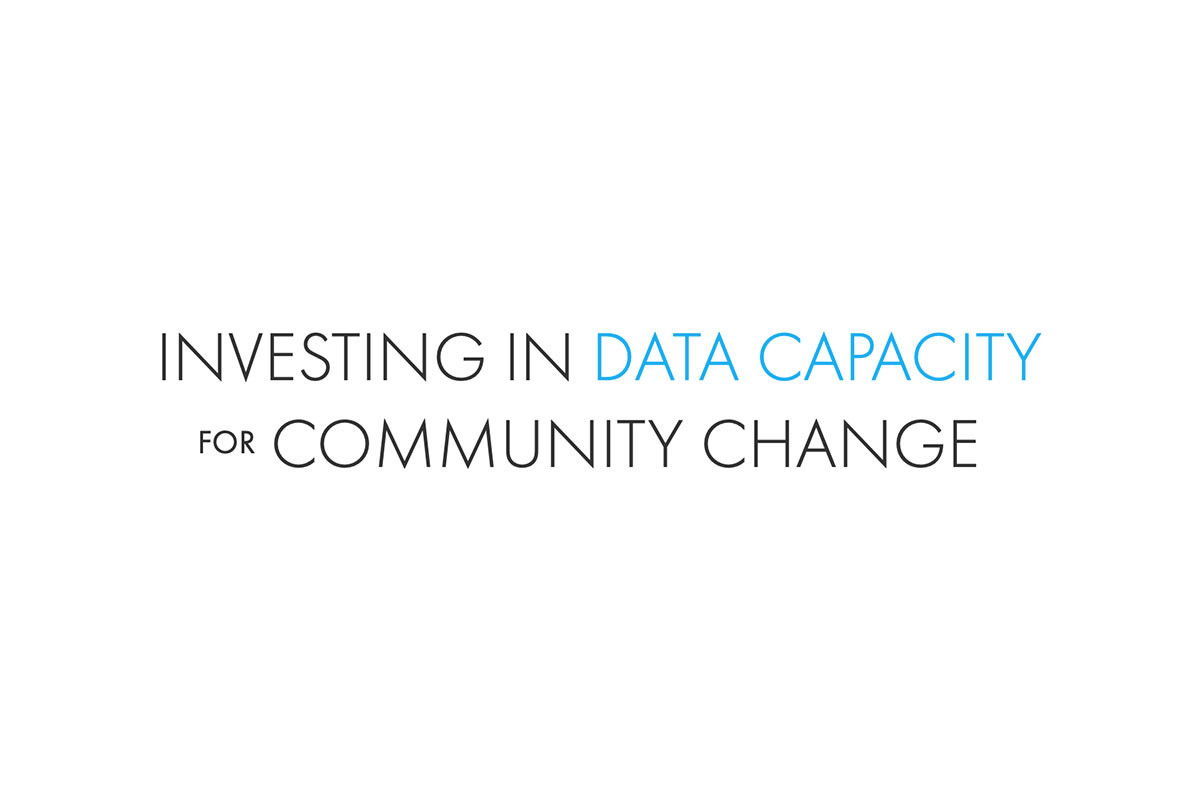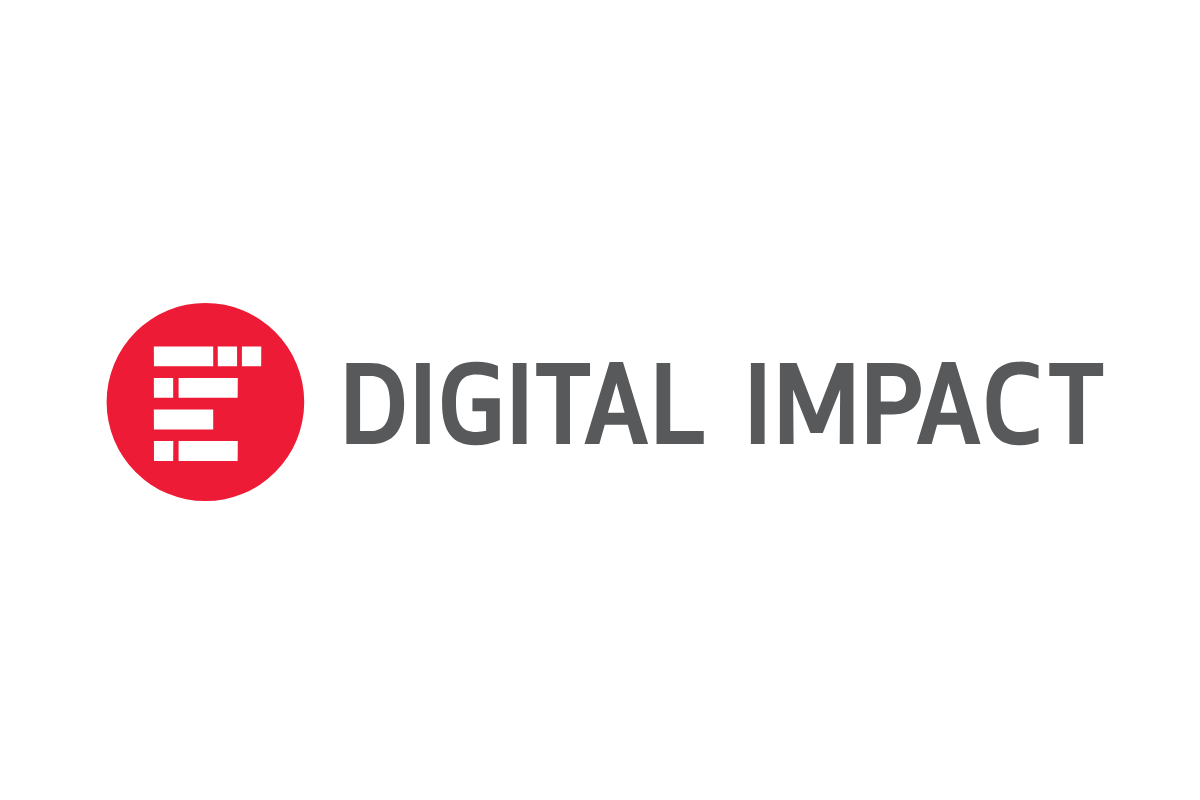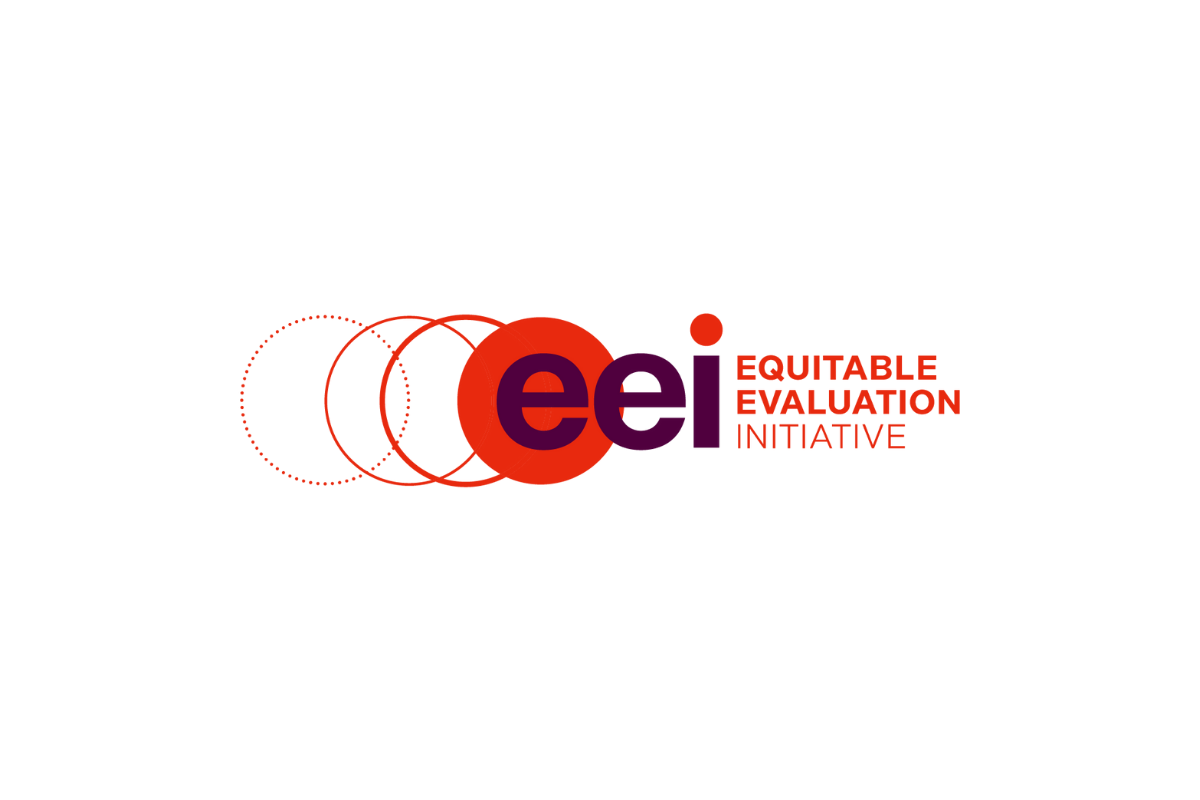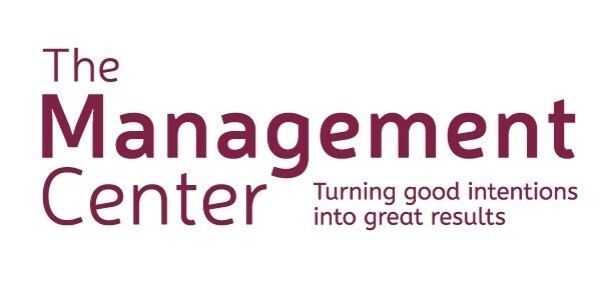
7
We Define and Achieve Success by Clarifying, Measuring, and Evaluating the Results of our Work.
We have clarity of purpose, and we demonstrate and communicate our unique value. We define what success looks like and we align our work guided by our mission, strategic thinking, and planning. We measure program impact with the tools we have, centering the voices of those served, and we seek to improve based on feedback. We disaggregate impact measures and service evaluation data by race to inform how we do our work.
Nonprofits
- Regularly clarify organizational purpose and unique value, including vision, mission, and values.
- Create actionable strategic plans and annual operating plans, and develop the organizational capacity to execute on the plans. Note that this will look different for each organization, with emphasis on usefulness over formality; the key is deciding on and using a process for clarifying, prioritizing, and making progress on the most important work, and taking concrete steps to build the capacity to get there.
- Design and measure program impact, and adjust programs based on what is learned.
- Prioritize evaluation by people served and disaggregate service evaluation data by race.
“[I] look to see if you are solving problems for today or are you solving it for tomorrow. [For example], are you pulling someone out of the river or going upstream to see why they are falling in? [I prefer] the long-term solution –are you stepping back and collaborating or are you fixing smaller problems? What [will]be different in the community in five or ten years?”
— Local funder representative
— Local nonprofit leader
— Local nonprofit leader
Funders
- Engage in conversations about and fund actionable strategic planning and the capacity needed to execute the plans.
- Help nonprofits improve their services and tell their stories by funding responsive program evaluation by people served and by funding program impact measurement.
- Seek impact measures and program evaluation disaggregated by race.
- Regularly seek grantee and applicant feedback, ideally through a third-party, anonymous, benchmarked survey, to learn from their experiences with the grantmaking process and personal interactions.
IMPACT
Nonprofits face real costs and practical challenges to demonstrating impact; what each organization can realistically do with its resources is going to look different, given their missions, services, and budgets, so there is no one size fits all.
Myth
Transcend the myth that nonprofits are simple, unsophisticated, and unaccountable “do-gooders.”
Reality
“Great nonprofits are engineers of social good. They use data to inform, listen to stakeholders, skillfully leverage community assets and design bold solutions to address a community’s greatest challenges or unmet needs. They create impact with thin margins while being accountable to the communities they serve.”
– Lynda Schueler of Housing Forward, in Forbes Nonprofit Council’s 10 Biggest Myths About Nonprofit Work


